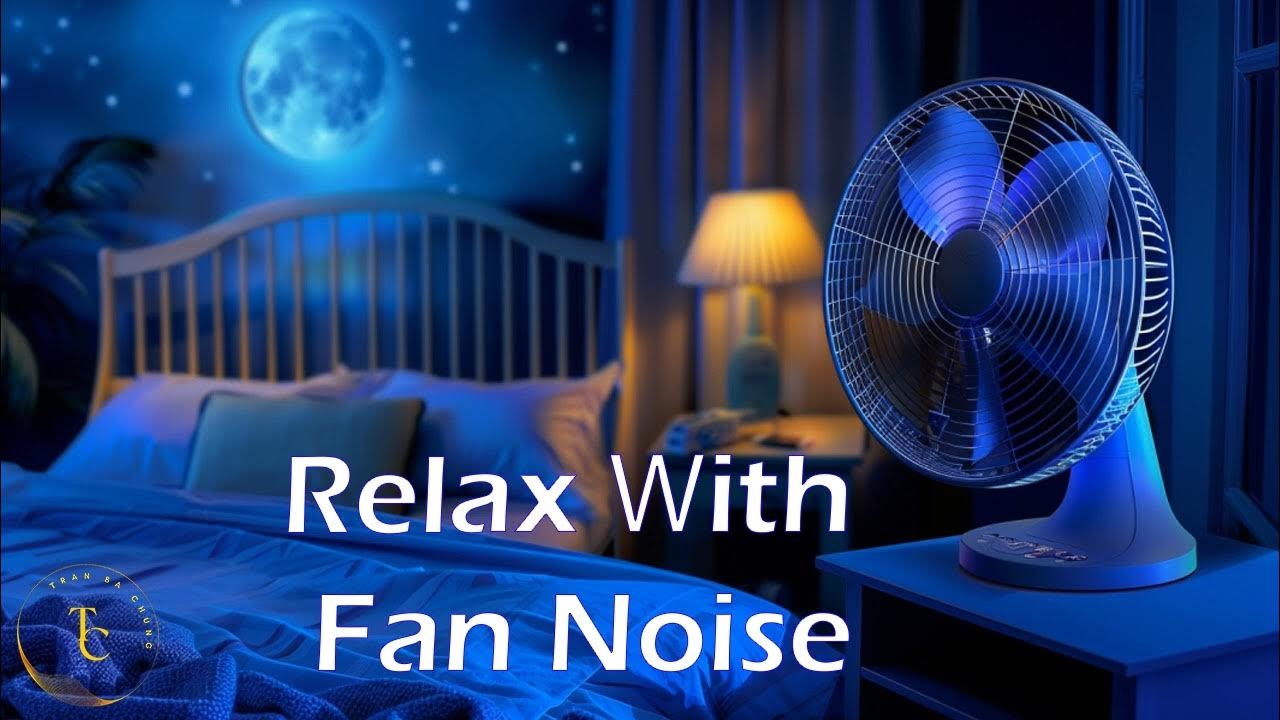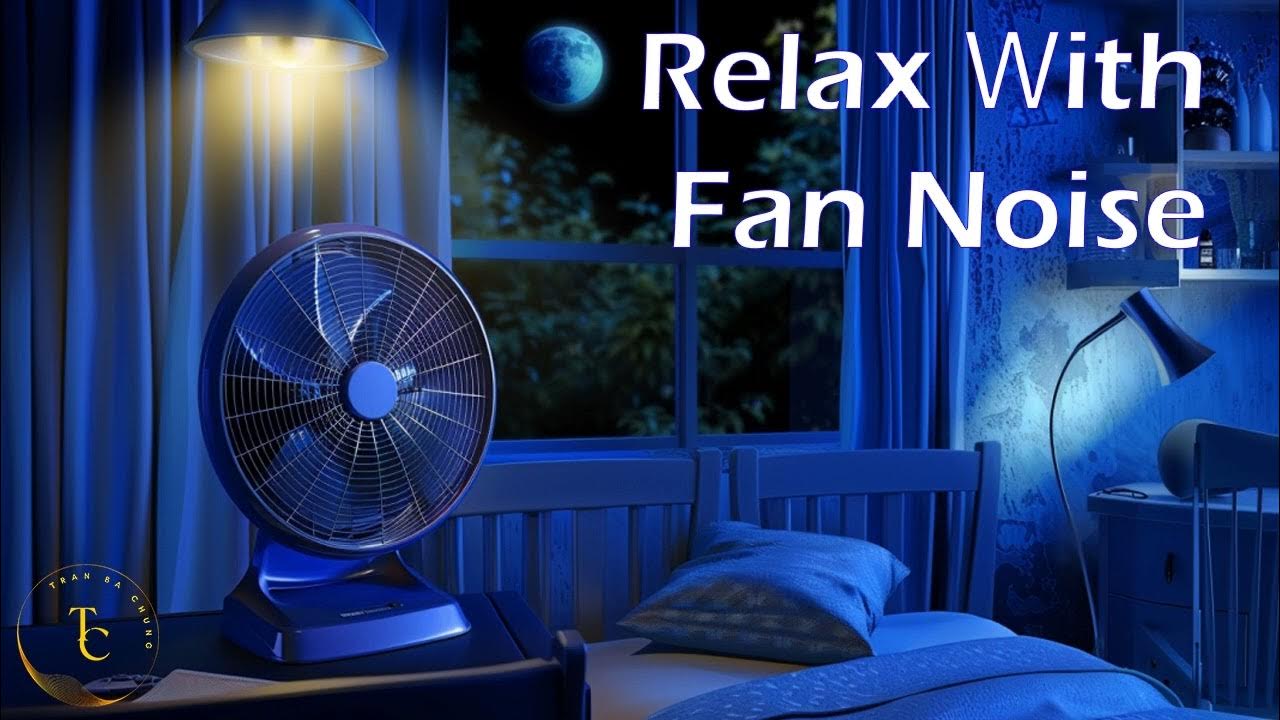Fan Noise For Sleep 10 Hours

The popularity of extended recordings of fan noise for sleep assistance has surged, with "Fan Noise For Sleep 10 Hours" becoming a prevalent search term and streaming choice across various digital platforms. This trend reflects a growing interest in accessible and affordable sleep aids amidst increasing awareness of sleep disorders and the impact of sleep quality on overall health.
The phenomenon raises important questions about the efficacy, potential benefits, and possible drawbacks of relying on such audio for sleep. This article will delve into the increasing use of these long-duration fan noise recordings, exploring the reasons behind their popularity and providing a balanced perspective on their impact.
The Rise of Ambient Noise as a Sleep Aid
Ambient noise, particularly white noise and its variations like fan noise, has long been recognized as a potential sleep aid. The American Academy of Sleep Medicine acknowledges that white noise can be helpful for some individuals by masking distracting sounds.
Specifically, fan noise offers a consistent, predictable soundscape that can drown out disruptive noises such as traffic, conversations, or pets. This helps create a more uniform and less stimulating auditory environment conducive to sleep.
Key Details: The "Fan Noise For Sleep 10 Hours" Trend
The specific search term "Fan Noise For Sleep 10 Hours" indicates a preference for extended playback. This suggests that users are not simply seeking a quick fix for falling asleep but rather an all-night solution.
Platforms like YouTube, Spotify, and Apple Music are rife with such recordings, often accompanied by visuals of static fan imagery or calming backgrounds. The widespread availability and free access to many of these recordings contribute significantly to their appeal.
The "who" in this case are a broad demographic of individuals struggling with sleep, ranging from those with mild insomnia to those simply seeking a more restful night. The "what" is the specific consumption of long-duration fan noise recordings, and the "where" encompasses digital platforms and personal devices used for playback.
The "when" is primarily during bedtime hours, but some users report using fan noise recordings during daytime naps or periods of focused work. The "why" lies in the perceived benefits of sound masking and relaxation.
Benefits and Perceived Advantages
Many users report that fan noise helps them fall asleep faster and stay asleep longer. The consistent sound minimizes the impact of sudden noises, preventing sleep disruptions.
Some individuals also find the sound psychologically comforting, associating it with feelings of safety and security. This can be particularly beneficial for those with anxiety or a tendency to overthink before sleep.
Furthermore, fan noise offers a non-pharmacological alternative to sleep medications. This is a significant advantage for those concerned about potential side effects or dependency on prescription drugs.
Potential Drawbacks and Considerations
Despite the perceived benefits, there are potential drawbacks to consider. Some experts argue that prolonged exposure to any consistent noise, even white noise, could potentially desensitize the auditory system over time.
Moreover, relying heavily on external stimuli for sleep might mask underlying sleep disorders that require professional diagnosis and treatment. The National Sleep Foundation emphasizes the importance of addressing the root causes of sleep problems rather than solely relying on symptom management.
Also, the quality of the recording and the volume level are important factors. Poorly recorded audio with static or inconsistent noise can be more disruptive than helpful. High volume levels can also be damaging to hearing over time.
The Human Element: Real-World Experiences
Anecdotal evidence suggests that "Fan Noise For Sleep 10 Hours" is a valuable tool for many. One user, Sarah M., shared, "I've struggled with insomnia for years. Fan noise has been a lifesaver. It helps me block out the city noise and actually get some sleep."
Another user, David L., stated, "I travel a lot for work, and the constant change of environment makes it hard to sleep. I always put on a 10-hour fan noise track, and it creates a sense of familiarity and helps me relax."
These personal testimonials highlight the subjective nature of sleep aids and underscore the importance of individual experimentation in finding what works best.
"It's important to remember that what works for one person may not work for another," says Dr. Emily Carter, a sleep specialist at the Sleep Wellness Institute. "If you're experiencing persistent sleep problems, it's always best to consult with a healthcare professional to rule out any underlying medical conditions."
While fan noise can be a helpful tool, it should not be considered a replacement for proper sleep hygiene practices. These include maintaining a consistent sleep schedule, creating a relaxing bedtime routine, and avoiding caffeine and alcohol before bed.
Conclusion
The widespread popularity of "Fan Noise For Sleep 10 Hours" reflects a growing demand for accessible and affordable sleep aids. While it can offer benefits for some individuals by masking distracting sounds and promoting relaxation, it's crucial to consider potential drawbacks and prioritize a comprehensive approach to sleep health.
Consulting with a healthcare professional is advisable for those experiencing persistent sleep difficulties. Understanding the underlying causes of sleep problems and adopting healthy sleep habits remains paramount for achieving restful and restorative sleep.


















